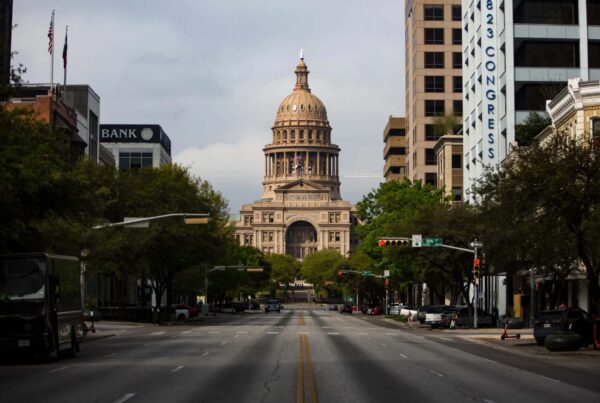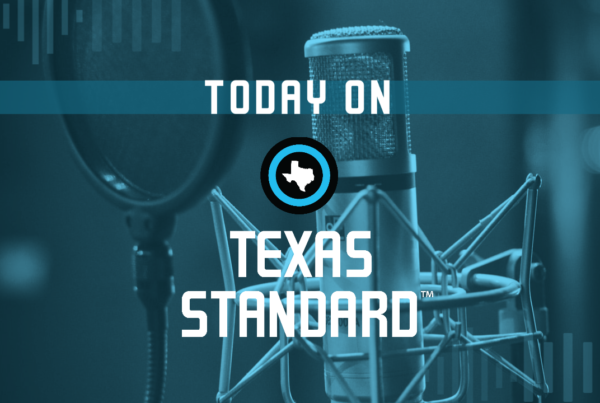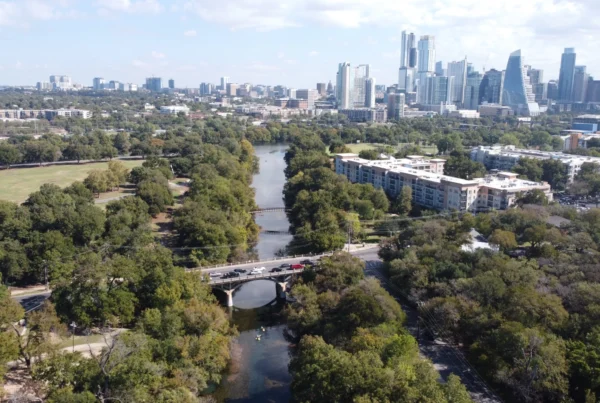From KUT News:
Travis County voters have approved a tax rate increase to address the growing need for affordable child care.
The ballot measure — Travis County Proposition A — comes at a cost to taxpayers. The 2.5 cent per $100 valuation tax rate increase is estimated to add about $126 to the average Travis County homeowner’s annual property tax bill. (Renters will indirectly pay for that added cost through their rent.)
The $75 million generated from the tax rate increase would support several programs
The first bucket of funding will fill a gap in affordable child care slots. Travis County Judge Andy Brown estimates almost 3,000 kids under 3 lack access to child care, and there’s a two-year-long waitlist for affordable options.
County officials estimate the tax rate increase would fund about 1,900 new slots for infants and toddlers and 3,900 slots for after-school and summer programs.
Those slots would be available for families earning 85% or less of the median family income. For a family of four, that’s an annual income of around $100,000.
It will also fill funding gaps in the state’s child care subsidy program. The reimbursement rates to child care providers for children that rely on state subsidies do not cover the true cost of child care, Cathy McHorse, a coalition manager for Affordable Childcare Now, said. Affordable Childcare Now is a coalition convened by United Way of Greater Austin to support Prop A.
The second bucket of funding would help child care centers expand their hours beyond the typical 9-5 workday.
Adam Orman, owner of restaurants L’Oca d’Oro and Bambino, told the commissioners court in August that the need for child care during nontraditional hours is “overwhelming.”
“In a workforce that is predominantly female and predominantly BIPOC, we have folks who are cobbling together resources on weeknights, on nights,” he said. “And when the relative who was supposed to cover or the neighbor or friend falls through or is sick, that means missed shifts. Missed shifts means missed rent, it means missed utility bills, especially in an industry where folks are still largely making $2.13 an hour and relying on tips for their wages.”
Child care centers that are licensed by the state and either meet Texas Rising Star standards or have a plan to meet those standards within a certain time frame will be eligible to apply for these programs. The county also wants to help informal, at home child care providers become licensed so they can expand their services, too.
A third bucket of funding will create a program that would incentivize companies to make child care an employee benefit. The county would match employer contributions with county dollars generated through the tax rate increase.
McHorse said this option would help middle-income families that make just above the threshold for subsidized child care.
“That threshold is based on the state median income, not really the cost of living in Travis County,” McHorse said. “So you may earn above that threshold in Travis County and really struggle with paying for child care.”
Why is child care so expensive in Austin?
The average annual cost is about $13,000 — comparable to the cost of a year of in-state tuition at UT Austin. According to Texas Workforce Commission, the Austin area has the most expensive child care costs in the state, above more populated metro areas including Dallas and Houston.
McHorse said there’s several reasons behind this. Child care centers are expensive undertakings with razor thin profit margins. About 80% of operating costs go to labor — Texas’ standards require a ratio of at least one adult to every four infants and one adult for five toddlers. Plus, they need to provide nutritious food and enriching space for play.
The county said the $75 million will help relieve some of these costs and help child care providers that are set to lose pandemic-era federal funding in 2026.
Jemie Johnson Vaughn, the owner of a child care center in Southeast Austin said those federal funds have helped her business stay afloat. Without them, she worries about the future of her business.
“The possibility of closing would not be beneficial for ourselves nor the families we are taking care of, she said. “And if this funding passed, well it will really help us keep our doors open, support the families and serve [our] communities.”
McHorse said another major struggle for child care centers is retention. The average wage for child care workers in Austin is about $14 an hour, well below the living wage of $21.63 an hour.
“Providers often don’t charge families what it costs to provide care. They charge families what they think families in their neighborhood can afford,” McHorse said. “Which is why we have low wages.”














